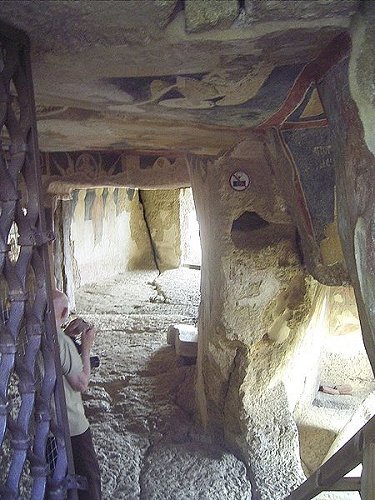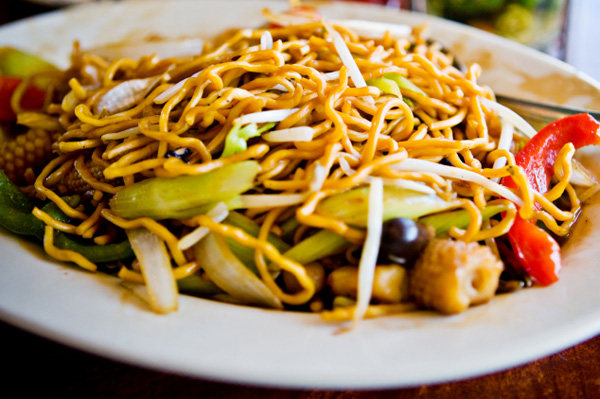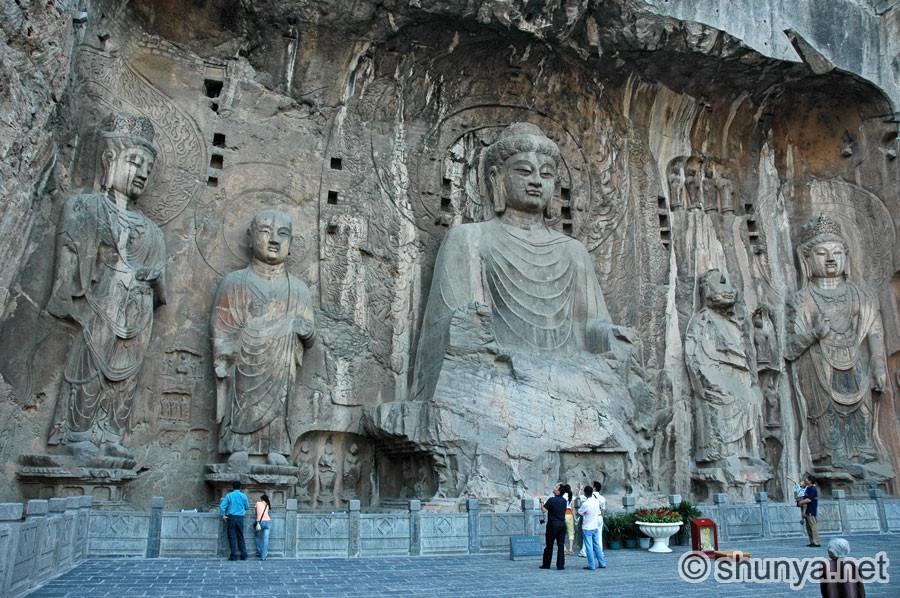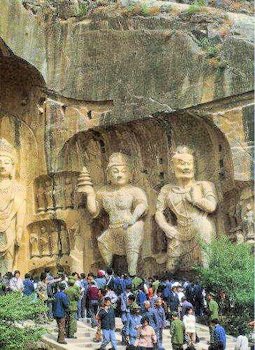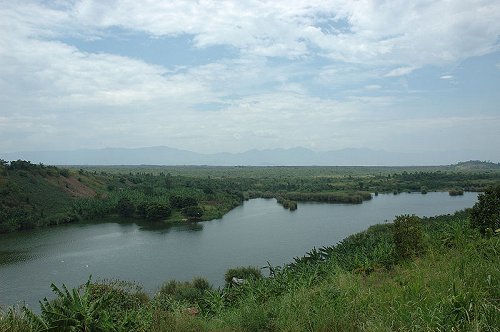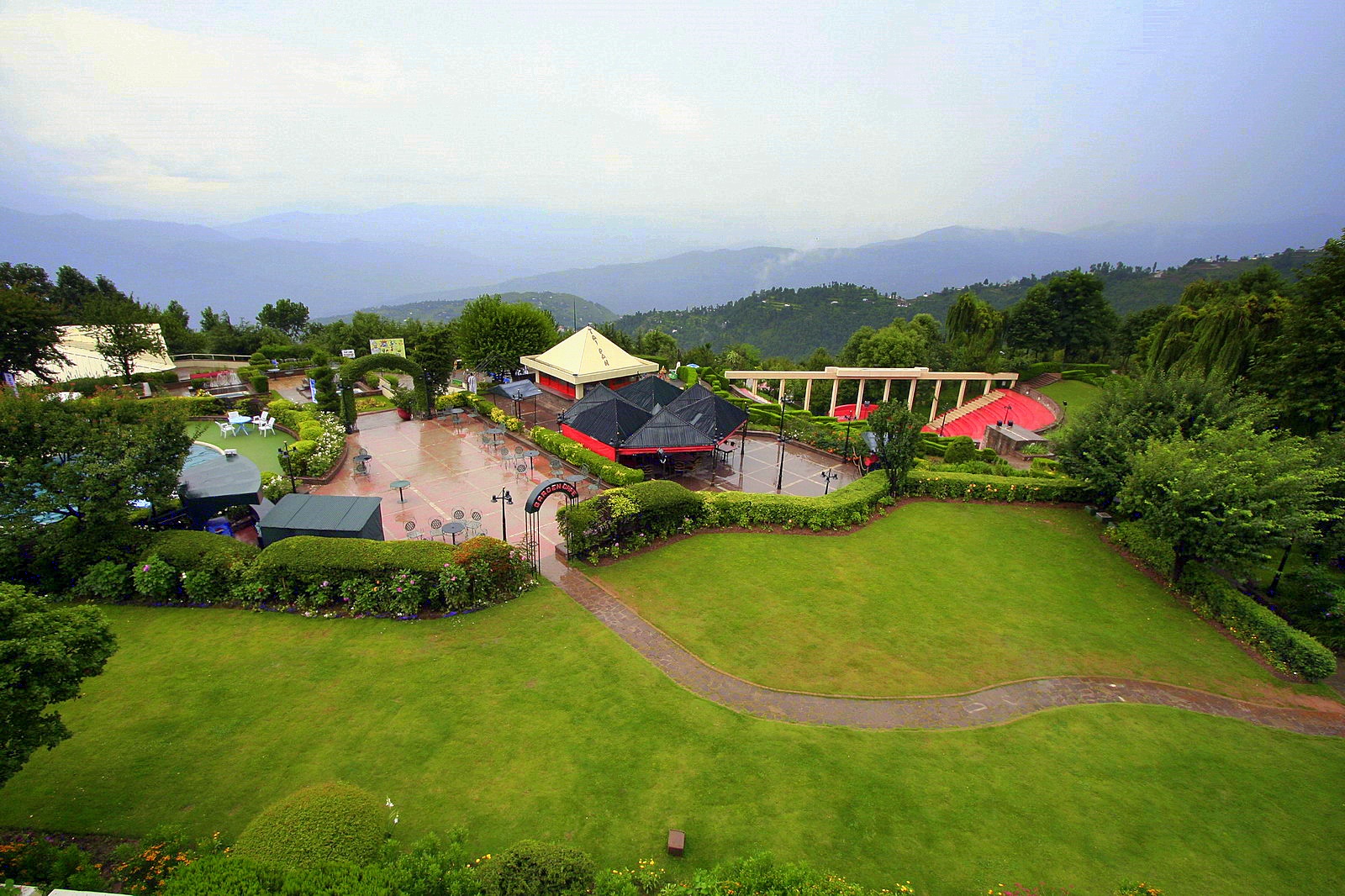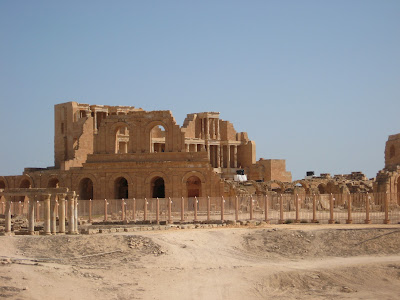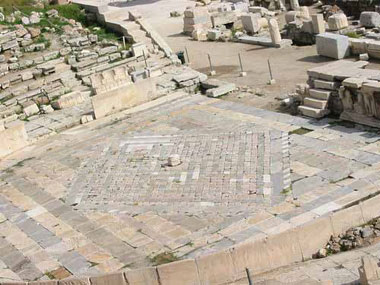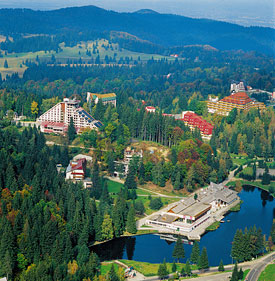
Experience the fun-filled baseball games during the Major League Baseball by visiting theSan Francisco’s AT&T Baseball Parkduring the season. You will be with the other baseball enthusiasts that support the San Francisco Giants. Surely, the AT&T Baseball Park is one of the first tourist spots in your list if you are a fan of baseball games.
This is an open-air baseball park that opened in the year 2000 under the name Pacific Bell Park. It is located in Willie Mays Plaza in the South Beach neighborhood of San Francisco, California. This baseball park underwent many name changes in a span of 6 years since its establishment. This is due to the fact that the Pacific Bell company was acquired by the SBC in 2003, and was merged with AT&T in 2006. The AT&T Baseball Park is also the only baseball park that was built without public funds after the establishment of Dodger Stadium in 1962. The AT&T Baseball Park has witnessed many historic events related to baseball. Barry Bonds, a veteran outfielder of San Francisco Giants, achieved his 500th home run in 2001, 600th home run in 2002, 700th home run in 2004, and 756th home run in 2007.
Aside from the baseball field, there is also a Coca-Cola Fan Lot that has the famous 80-foot Coca-Cola bottle with playground slides that never fail to get the kids’ attention. There is a miniature AT&T Baseball Park behind the left field where the kids can play and enjoy. Another remarkable attraction in this baseball park is the 9-foot statue of Willie Mays, America’s greatest ballplayer, at the entrance of the park. There are also other statues dedicated to other Giants players like McCovey, Marichal, and Cepeda. The Baseball Park has 68 luxury suites, 5,200 club level seats, and 1,500 field level seats. The baseball park has a seating capacity of 40,800 when it opened in 2000, and the seats eventually increased to over 41,000 in number.

AT&T Baseball Park











